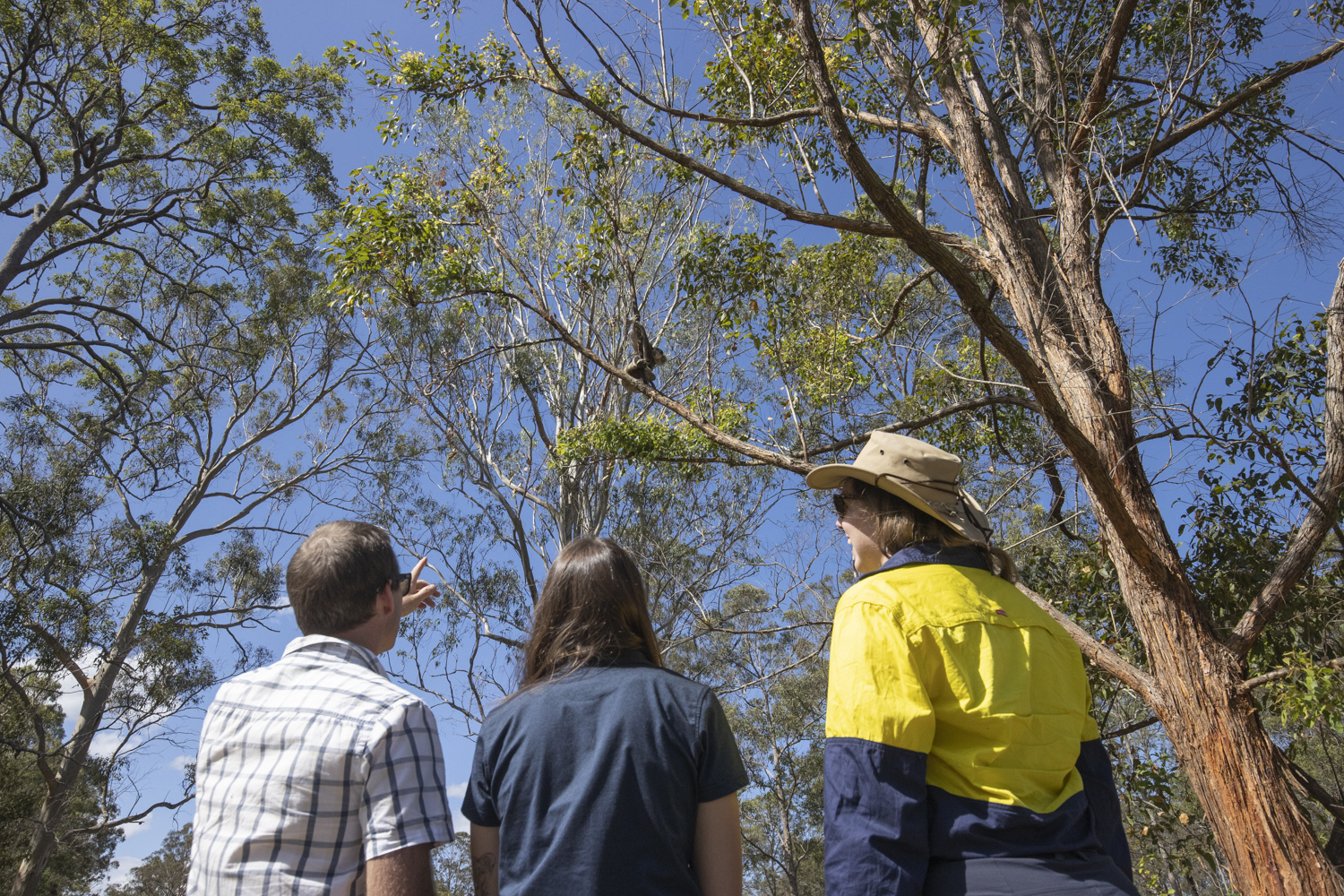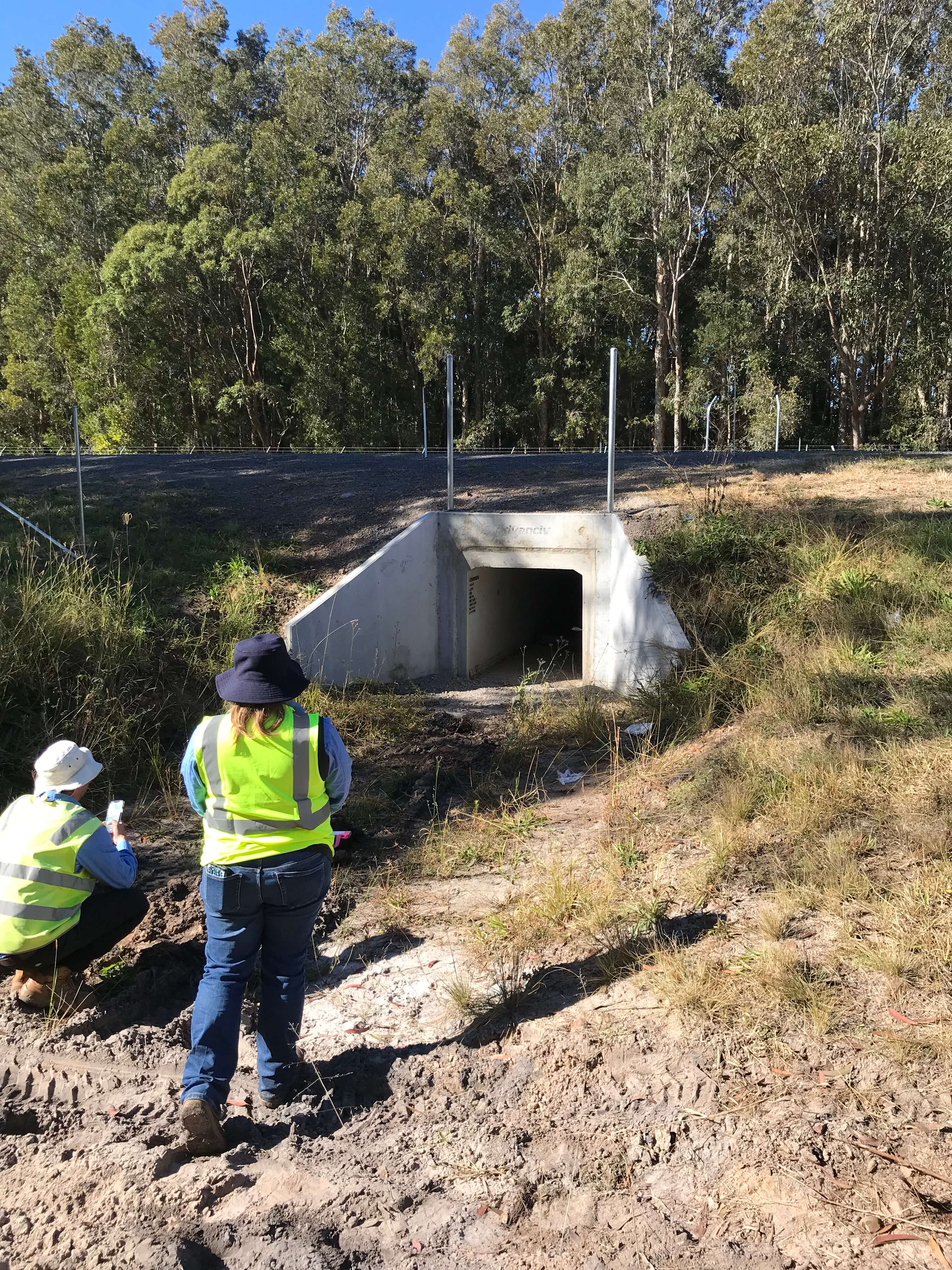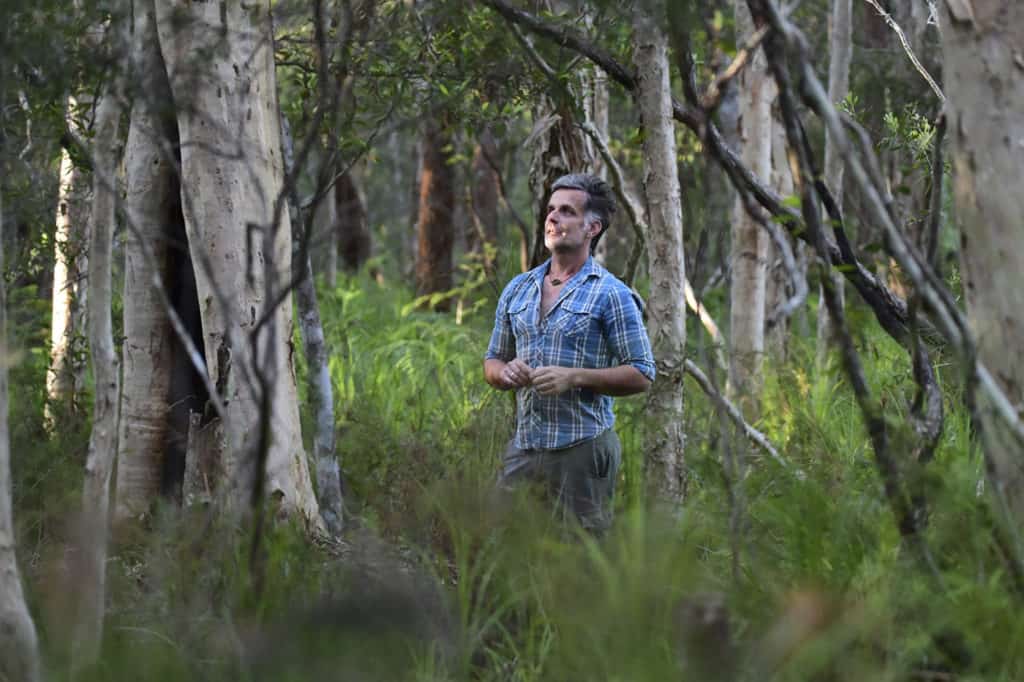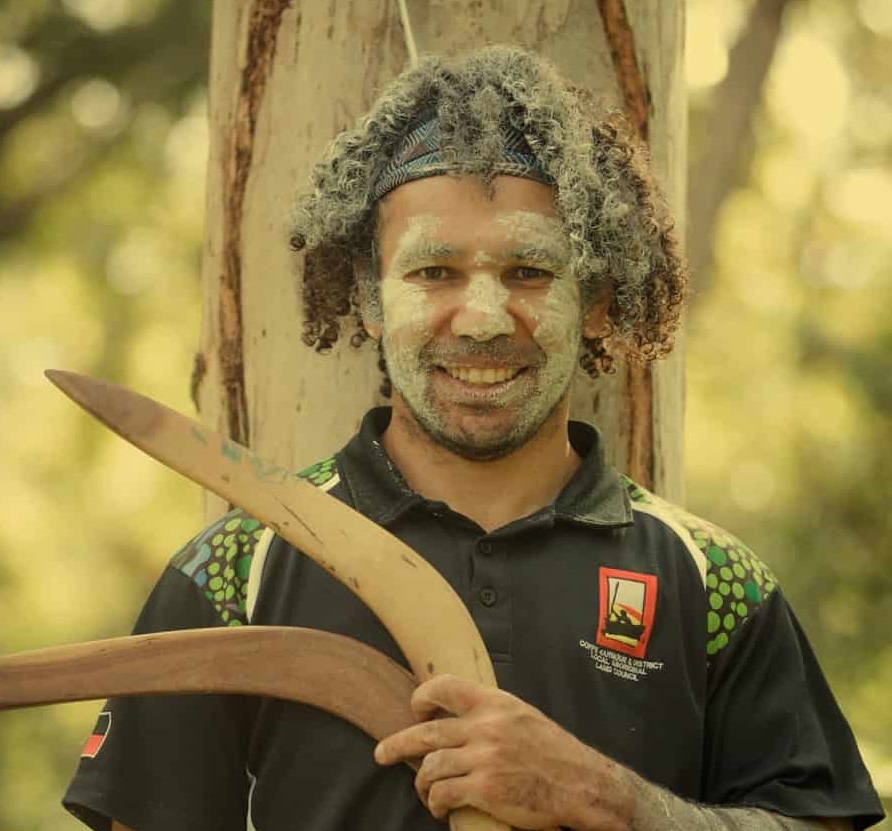The NSW Government is funding a Regional Koala Conservation Partnership with MidCoast Council under the NSW Koala Strategy.
Funding is being provided to the MidCoast and Port Stephens region for koala habitat restoration, vehicle strike mitigation and to develop koala habitat maps and koala monitoring. These actions bring the NSW Government’s total investment in the MidCoast and Port Stephens region to more than $2 million.
The NSW Government is investing $600,000 under the NSW Koala Strategy to fund a Regional Koala Conservation Partnership with MidCoast Council. The MidCoast Council region has some of the highest recorded densities of koalas in NSW with large areas of remnant native vegetation providing important habitat.
The MidCoast Council Partnership supports the appointment of a dedicated Koala Officer, who will be a conduit between the NSW Government and the people of the MidCoast and strategically coordinate local projects aligned with the Koala Strategy to help conserve koalas and their habitat in the region.
Other agencies and organisations that will be involved include the NSW National Parks and Wildlife Service, Hunter Local Land Services, Landcare, Biodiversity Conservation Trust, Koalas in Care, local rehabilitation groups, Forestry NSW and the Aboriginal community.
MidCoast Council will implement a range of on-ground actions, informed by community and scientific expertise, to protect local koala populations and their habitat under the 4 pillars of the Koala Strategy:
- koala habitat conservation and restoration
- supporting local communities to conserve koalas
- improving the safety and health of koalas
- building our knowledge of koalas.
A Koala Officer, based at MidCoast Council, will work to achieve the goals of the partnership, and implement koala conservation actions, including:
- coordinating habitat restoration actions within priority koala habitat
- coordinating koala vehicle strike mitigation actions such as fencing and signage
- coordinating and supporting koala surveys and habitat mapping
- community engagement and education
- supporting the local koala carer community
- assisting with landholder extension activities related to koala conservation
- engaging with Traditional Owners.
Additional funding will support habitat restoration in high priority areas through revegetation, weed removal and low intensity burning. The partnership will work with local Traditional Owners, private landholders and public land managers to coordinate actions across the landscape for improved outcomes.
Koalas in the region will be better protected from vehicle strike with funding provided to Port Stephens Council for the second stage of vehicle strike mitigation works along Port Stephens Drive at Taylors Beach. MidCoast Council is also being supported to develop a vehicle strike mitigation strategy and install mitigation measures such as fencing, signage and retrofitting road underpasses across the Local Government Area.
In the MidCoast and Port Stephens region, there are 4 of the 19 populations that have been identified as priorities for immediate investment under the NSW Koala Strategy.
The MidCoast and Port Stephens regions have some of the highest recorded densities of koalas in NSW and a highly dedicated community working to protect and conserve koalas. This collaboration with MidCoast and Port Stephens Councils builds on the success of previous agreements and recognises the important role of local and cultural knowledge in conserving local koala populations in the MidCoast region.
Other regional partnerships have been established across the state, backed by a total investment of $15.7 million, to ensure community expertise and local knowledge are informing on-ground actions.
Latest news from MidCoast and Port Stephens



